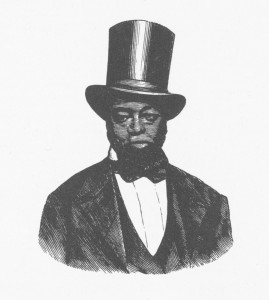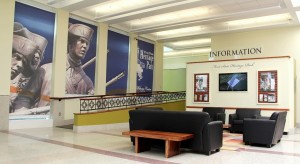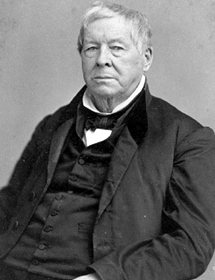The Delaware Division of Historical and Cultural Affairs has announced that the closing date for “An Illegal Activity: The Underground Railroad in Delaware” has been extended to Dec. 7, 2014. The exhibit, on display at the First State Heritage Park Welcome Center and Galleries, located at 121 Martin Luther King Jr. Blvd. in Dover, Del., has been open since Oct. 16, 2013 and was scheduled to close on July 31, 2014. Operating hours are Monday through Friday, 8 a.m. to 4:30 p.m., Saturday, 9 a.m. to 4:30 p.m., and Sunday, 1:30 to 4:30 p.m. Admission is free. For additional information, call 302-744-5055.

Planned and created by the Delaware Division of Historical and Cultural Affairs in partnership with the Harriet Tubman Underground Railroad Byway Management Organization and the Underground Railroad Coalition of Delaware, the exhibit explores the First State’s role in the pre-Civil War network of secret routes and safe houses used by black slaves in the United States to escape to free states and Canada with the aid of abolitionists and allies who were sympathetic to their cause. Focusing on two Delawareans who played important roles in this illegal and clandestine enterprise—Samuel D. Burris and Thomas Garrett—the exhibit explores the actions of a number of brave people who made principled decisions to follow their consciences rather than what they viewed as the unjust laws of the state and nation.
About Samuel D. Burris …
Born on Oct. 16, 1813 in the Willow Grove area near Dover, Del., Samuel D. Burris was the educated son of George Burris, a free-black man. As a conductor on the Underground Railroad, Samuel D. Burris is known to have successfully led several enslaved people from Maryland and Delaware to freedom. After an 1847 attempt to bring a young woman, Maria Matthews, out of Kent County, Del. to Pennsylvania, Burris was found guilty of aiding in the escape of a slave and was fined, sentenced to prison and thereafter sentenced to be sold into slavery. After being “purchased” for $500 by Wilmington abolitionist, Isaac S. Flint, he was taken to Philadelphia where he was reunited with his wife, children and friends. He continued to work for the abolitionist cause until his death in San Francisco in 1863.
About Thomas Garrett …
Thomas Garrett was born on Aug. 21, 1789 to a prominent Quaker family in Upper Darby, Pa. After moving to Wilmington, Del. where he was an iron merchant, Garrett operated as the stationmaster on the last stop of the Underground Railroad in Delaware, collaborating with a number of noted conductors including Harriet Tubman and Samuel D. Burris. He is credited with helping over 2,500 fugitive slaves escape to freedom. In 1848, Garrett was tried in Federal District Court meeting at the New Castle Court House under the jurisdiction of United States Supreme Court Chief Justice Roger B. Taney. After being convicted of trespass and debt for aiding and abetting in the escape of runaway-slaves, Garrett was fined several thousand dollars resulting in his financial ruin. Nonetheless, he continued to work for the abolitionist cause. He died in Wilmington in 1871.
Housed in the Delaware Public Archives building adjacent to Legislative Hall, the First State Heritage Park Welcome Center and Galleries serves as an entrance portal to Delaware’s state capital and the historic city of Dover. The center is ideally situated for auto-borne visitation with easy highway access and plentiful parking. Visitor services include tours of the center’s exhibits, and extensive information on local and statewide attractions, events and activities.

-End-
Contact:
Jim Yurasek
Delaware Division of Historical and Cultural Affairs
Phone: 302-736-7413
E-mail: Jim.Yurasek@delaware.gov
Web: http://history.delaware.gov
